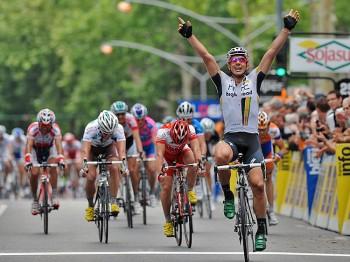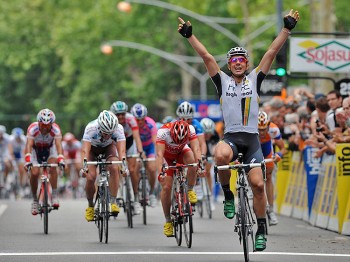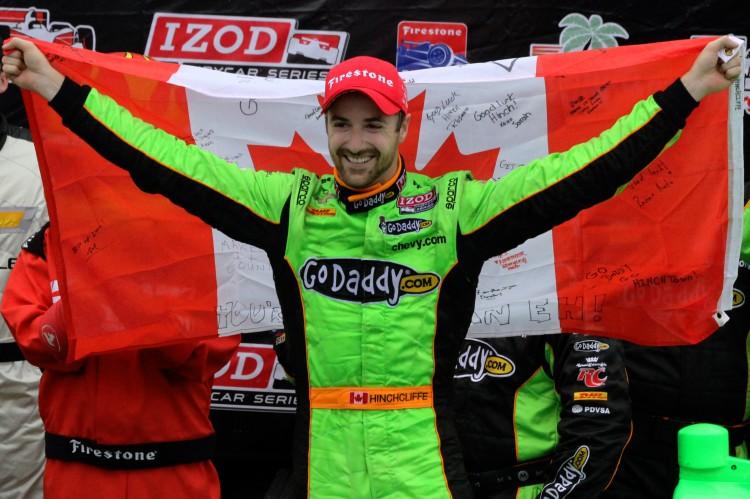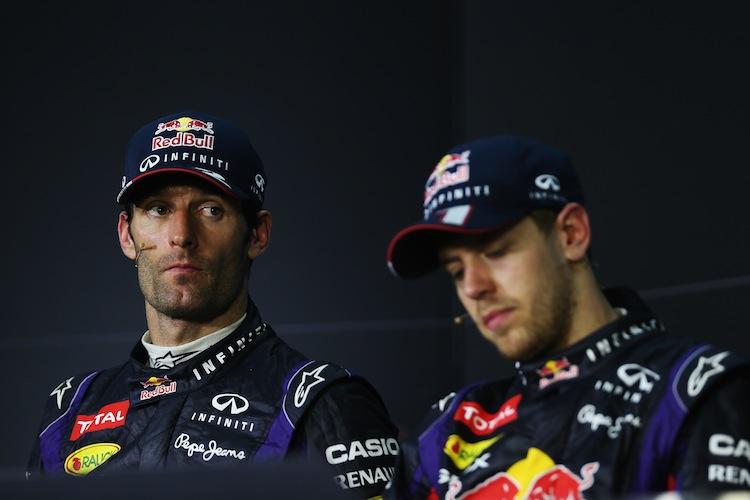Critérium du Dauphiné: Preparation for the Tour de France
The 2011 Critérium du Dauphiné started Sunday, offering cycling fans a bit of a preview of the Tour de France, which starts in July.
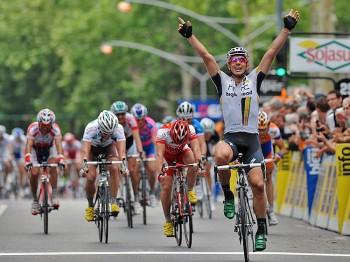
German John Degenkolb raises his arms in victory as he crosses the finish line to win Stage Two of the Criterium du Dauphine. Pascal Pavani/Getty Images
|Updated:
